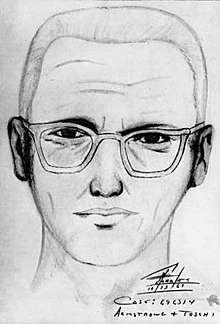
Tibet is one of the most beautiful and unspoiled areas on the planet. This remote region attracts not only adventure lovers but also those travellers who are guided by the aim to find a deeper meaning of existence in their life. Shrouded in mystery and highly remote until the last century, Tibet is still largely unknown and undiscovered. What makes this Himalayan region more intriguing are the various myths and legends associated with it. One such myth has caught the interest of many, leading to various debates, investigations and books.
Gyanganj
Located somewhere within the mystical valleys of Himalayas, is 'Gyanganj', the land of immortals. It is a mythological belief that Gyanganj is a city-kingdom inhabited by mysterious immortal beings that influence the existence of human beings in subtle ways, whenever needed. Only great saints devoid of any bad Karma can find a place in this spiritual land by passing through psychic barriers and dimensions. The exact location of this legendary kingdom is unknown as it is believed that Gyanganj artfully camouflages itself from humans, as well as mapping technologies. Some also believe that Gyanganj exists in a different plane of reality and thus cannot be detected by satellites.
Buddhist Shambala
Gyanganj does not only find mention in Hindu mythology but Buddhism as well. The roots of this legend can also be traced to Tibet. In Tibet, this celestial kingdom is known as 'Shambala', a word derived from Sanskrit, which means "the source of happiness". The Buddhists believe that Shambala protects secret spiritual teachings of the world. Instructions to reach this mythical land have been given in some old Buddhist scriptures, however, the directions remain ambiguous. Buddhists also believe that Gyanganj defies the rules of death. No one dies in this immortal land, and consciousness always remains alive. Also known as Shambhala and Shangri-La.
Concept of Gyanganj
According to ancient texts and beliefs, Gyanganj resembles the structure of a lotus having eight petals. It is surrounded by snow-clad mountains. The tree of life which unites heaven, earth, and the underworld, stands at its centre. It is described as a shimmering crystal. Its occupants are immortals who are responsible for guiding the fate of the world. Residing in this mystical kingdom, they protect and nurture the spiritual teachings of all faiths and beliefs. Imparting their wisdom to others, they delicately work to influence the destiny of mankind for the good. Tibetan Buddhists believe that during the time of a great chaos in the world, the 25th ruler of this spiritual land will appear to escort the planet to a better age. When asked to describe Gyanganj or Shambhala, the Dalai Lama explained that it is not a physical place that people can find. It is not heaven but a pure land in the human realm. The only way to visit this land is through a karmic connection. Inhabited by the immortal beings of the Himalayas, the city, and its occupants subtly guide the destiny of the world through prayer and meditation. Protecting the spiritual teachings of the world, of all faiths and beliefs, they work for the good of mankind. Guru Sai Kaka, a spiritual leader, once revealed to the world, about his visits to Gyanganj, a number of times, in order to seek spiritual and immortal teachings. As per his narration, during his every visit, a sage escorted him to Gyanganj and that the kingdom exists on an entirely different plane or a higher dimension. Another visitor to Gyanganj has been L.P. Farrel, an English army officer, who claimed to have experienced Gyanganj in 1942. Though the tales of Gyanganj sound mesmerizing, superficial and mythical, all at the same time, in a world full of negativity, war and unkindness, it is quite fascinating to imagine that somewhere in the parallel world, exists a place where people are truly moral and are working to gently guide, influence and protect us.
BY: E.KANMANI





